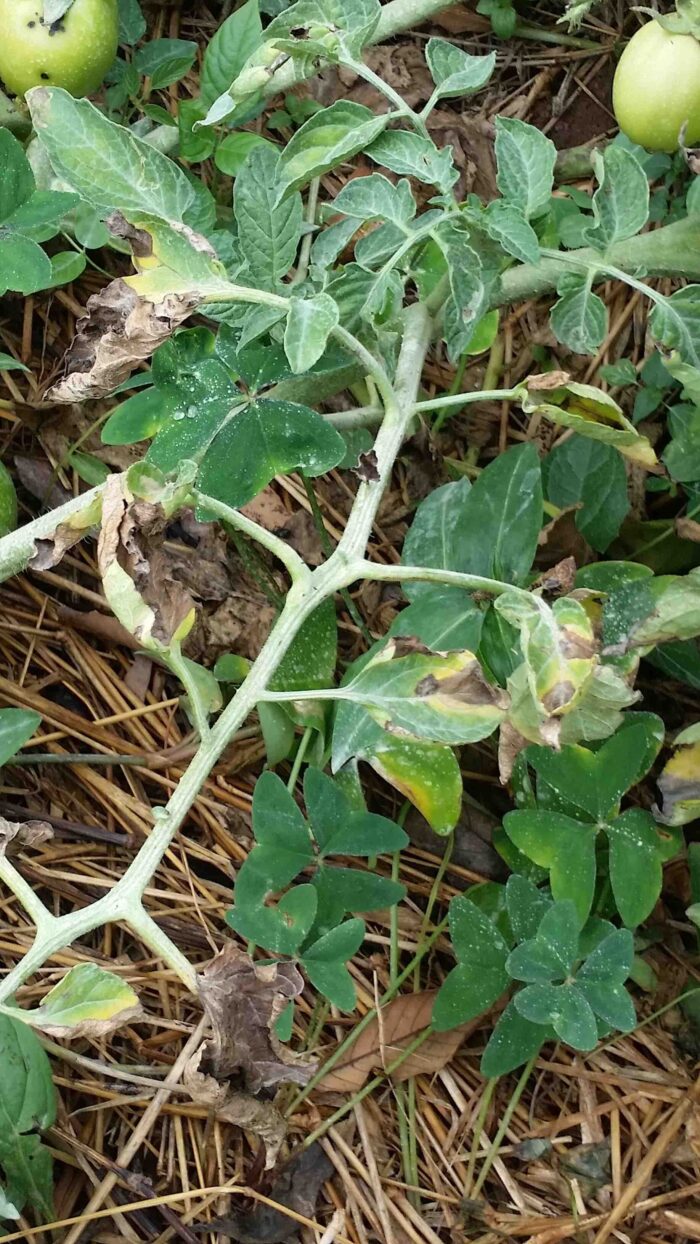Early Blight
Members of the solanaceae family, but mainly found on tomato, potato, eggplant, and okra
When it comes to tomato and potato plants, early blight is one of the most prevalent fungal diseases in the world. Early blight can be found wherever tomatoes and potatoes are cultivated. The pathogen, Alternaria solani, can survive on plant debris that were left behind in fields. Additionally, several weeds serve as potential sources of infection.
An early blight infection is likely to occur during periods of warm and humid weather. The fungus is able to penetrate plant tissues through cuticle, stomata, and injured tissues. Symptoms can be seen within several days after the initial infection. Generally speaking, the infection starts on older leaves causing typical concentric necrosis rings. As the disease progresses, a formation of yellow halos can occur around the spots. When left untreated, the infection leads to substantially dry canopies and deformed and unmarketable fruits.
Working with resistance cultivars: Not all tomato and potato varieties have the same early blight resistance.
Sanitation: Make an effort to clean and maintain your fields’ close surroundings from weeds as often as possible.
The sooner the better: It’s easier and more cost effective to overcome early blight and control it during the initial stage of infestation. Make it a routine to monitor the field regularly and search plants for the presence of the above symptoms on a weekly basis.
As with any moisture-favoring disease, various agro technical measures can be taken during crop growth to reduce the chances of an infection and spread:
Improve air circulation: In closed structures, promote the drying of foliage and shorten the duration of wetting periods by introducing net curtain vented areas.
Proper soil drainage: The presence of standing water will promote the spread of late blight.
Cover the ground with polyethylene sheets to reduce water evaporation from the soil.
The following are fungicides used in one or more parts of the world: chlorothalonil, iprodione, difenoconazole, cymoxanil, famoxadone, azoxystrobin, thiophanate methyl, pyraclostrobin, tebuconazole, mancozeb, and maneb.
It is difficult to manage early blight organically. Growers should be aware of the risks they take by choosing organic methods and invest time in cultural control measures. Though, Trichoderma polysporum and various Bacillus species are reported to have some capabilities to control early blight.
*Names marked in red are considered to be highly poisonous to beneficial insects.
*Names marked in green are considered to be organic and IPM (integrated pest management) compatible.
Image Gallery


